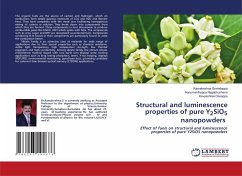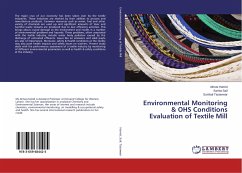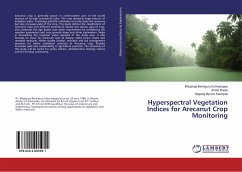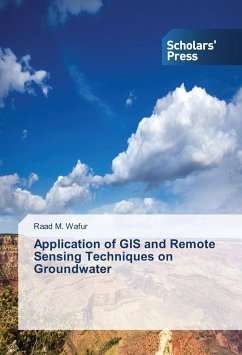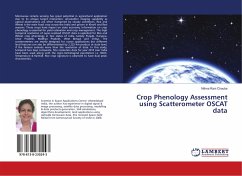
Temporal Monitoring of wetland structural components using GIS
Temporal Monitoring of structural components and land use/land cover characteristics of Chilika lake and Sambhar lake
Versandkostenfrei!
Versandfertig in 6-10 Tagen
33,99 €
inkl. MwSt.

PAYBACK Punkte
17 °P sammeln!
Wetlands are one of the most threatened habitats of the world. They perform numerous vital functions and, thus, need to be looked after and used wisely. Wetlands in India, as elsewhere are increasingly facing several anthropogenic pressures. This study was undertaken to assess the effects of urbanization and changes in land use/land cover (LULC) on Sambhar Lake and Chilika Lake wetlands. LULC maps were generated using LANDSAT MSS, TM, and ETM+ satellite images to detect the temporal changes occurring in the study areas. The assessment of the change over the time span of 30 years (1980-2010), h...
Wetlands are one of the most threatened habitats of the world. They perform numerous vital functions and, thus, need to be looked after and used wisely. Wetlands in India, as elsewhere are increasingly facing several anthropogenic pressures. This study was undertaken to assess the effects of urbanization and changes in land use/land cover (LULC) on Sambhar Lake and Chilika Lake wetlands. LULC maps were generated using LANDSAT MSS, TM, and ETM+ satellite images to detect the temporal changes occurring in the study areas. The assessment of the change over the time span of 30 years (1980-2010), has given a clear predictive picture of how things have been changing around Sambhar Lake and Chilika Lake wetlands. Even after being designated as a 'Ramsar Site', the status and health of these wetlands under study has deteriorated since their declaration. Sambhar Lake is threatened by illegal salt pans all around it. Chilika has been subjected to constant pressures from both natural and anthropogenic factors. Therefore, wetland conservation has to be taken up as a crusade at district, state, national, regional, and global levels for the welfare of present and future generations.



